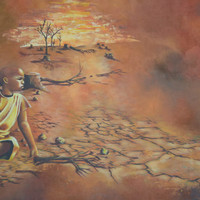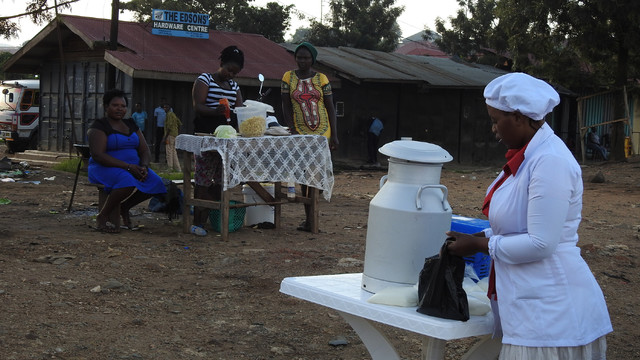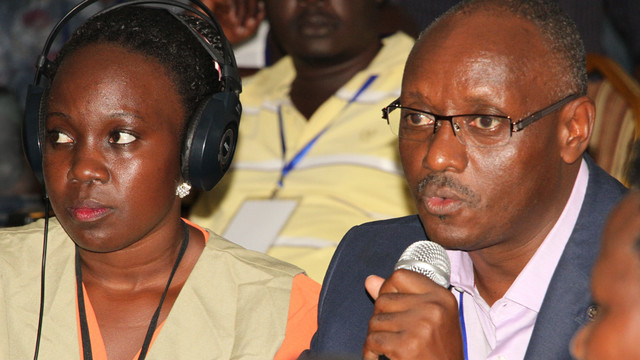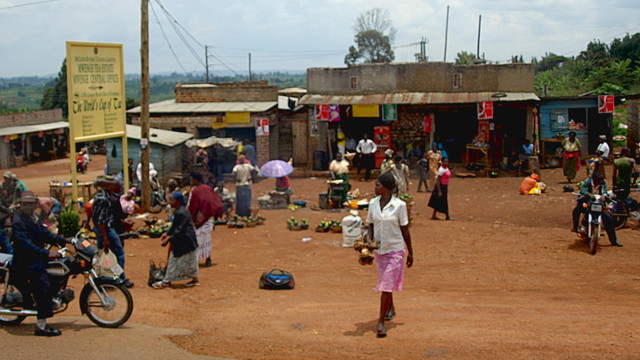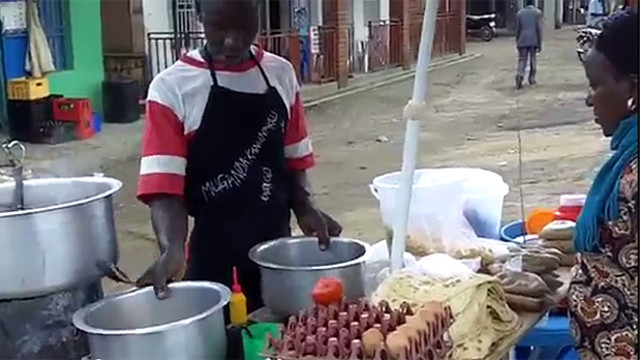Uganda: Is art the answer to communicating about climate change?
Can art communicate the impacts of climate change more effectively than facts and figures?

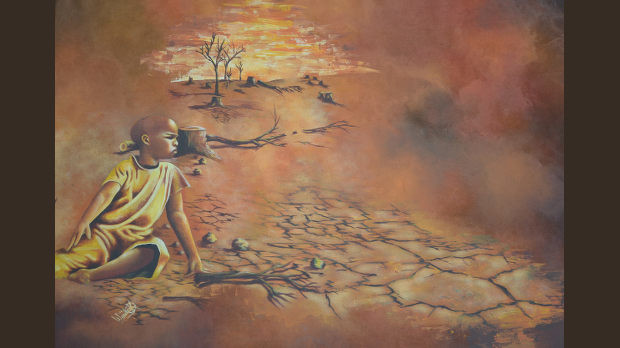
An art piece exhibited at the 2nd Fort Portal Annual Street Art Exhibition on Climate Change (Photo: Christopher Busiinge/KRRC)
Communicating about climate change is complicated. Forecasting the impacts of climate change is an uncertain business, and it's difficult to communicate uncertainty. Also, communicators often use jargon and technical language that leaves audiences switched off.
Can art communicate the impacts of climate change more effectively than fact and figures? We thought it might. We want people to not only imagine the effects of climate change, but also to relate it to their own local communities. And we want people to contribute to combating climate change – however small their individual contribution might be.
So, in 2012, the Kabarole Research and Resource Centre, along with private sector partners in Uganda, started to organise Annual Street Art Festivals on Climate Change in the town of Fort-Portal, profiling artists communicating about climate change.
Participants take part in street debates broadcast live on radio, they watch films on climate change, and musical and dramatic performances about climate change. The festivals have so far been so successful, with more held in 2013 and another one coming up in November 2014. The events are interactive and fun, and participant numbers grew from 300 in 2012 to 1,000 in 2013.
A group of young artists, Jabulani Africa (jabulani is a zulu word meaning rejoice), have partnered with Kabarole Research and Resource Centre to organise these street art exhibitions on climate change. The artists bring to the exhibition paintings depicting climate change effects and how it is caused. In other cases, the paintings show visitors to the exhibition how to protect the environment.
The artists aren't paid to participate, but welcome the opportunity to market their talents and skills to the wider public. The art exhibition is presently being sponsored by Broederljk delen, Mpanga Tea Company, and Coca-Cola.
Street debates give participants the chance to have their say on issues like clean and efficient energy. Participants in these events have for example critiqued the ineffective environmental policies in Uganda that are poorly implemented and, in some cases, selectively implemented. Other discussions have highlighted the high costs of adopting gas stoves and solar energy. These events have also appealed for government and development partner interventions to protect the environment. In most cases, the events and debates help spur local interest in environmental issues and climate change.
The event has attracted regional government officials, civil society, environmental activists, the private sector and politicians.
Photo gallery
The events have created synergy among civil society actors and led to the formation of Mpanga River Catchment Consortium. Mpanga river is the major source of water for the residents in Fort-Portal Town, and these events have helped identify the need to protect this vital water resource. In fact, the 3rd Fort-Portal Street Art Exhibition on Climate Change will be organised by the consortium.
At present the annual exhibitions last only for a few days. We hope to create a permanent climate change art gallery in Fort-Portal town and online so that more people can see for themselves what local Ugandan artists are saying about climate change.
